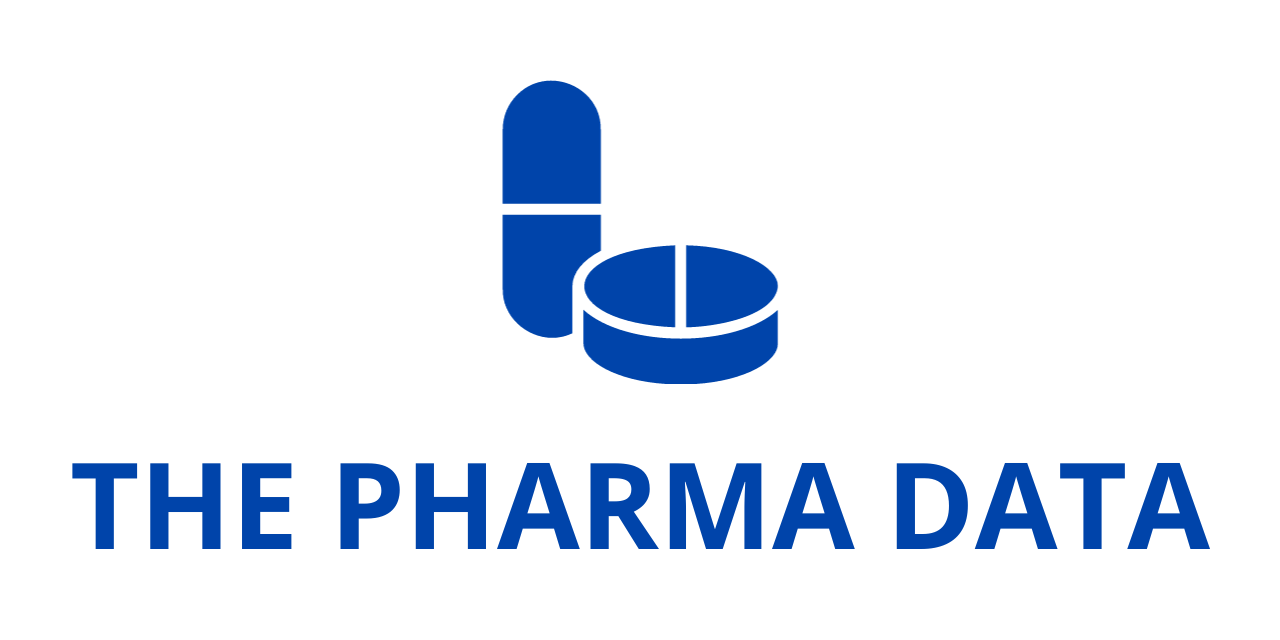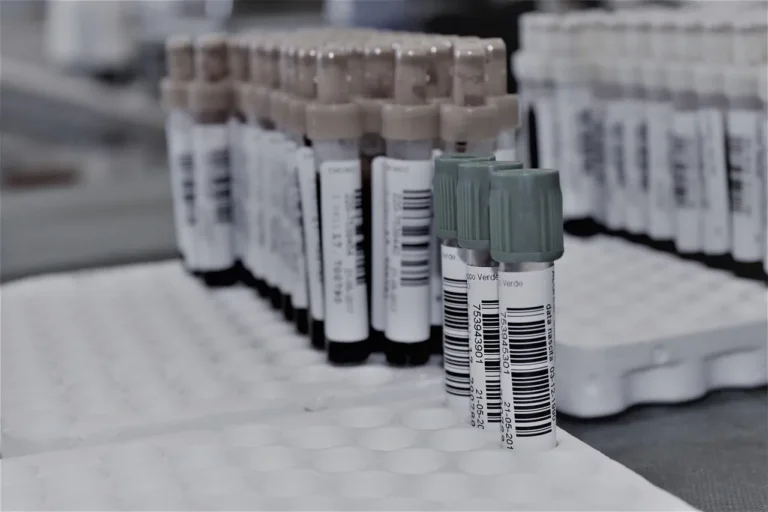
BeiGene Presents New Data on BRUKINSA® and Venetoclax Combination for High-Risk CLL/SLL at EHA2024
BeiGene, Ltd. (NASDAQ: BGNE; HKEX: 06160; SSE: 688235), a global oncology company, announced the presentation of new data from the SEQUOIA study of BRUKINSA® (zanubrutinib) at the European Hematology Association 2024 Hybrid Congress (EHA2024) in Madrid, Spain. The data, featured in an oral session (Abstract S160), focuses on arm D of the SEQUOIA study, which evaluates BRUKINSA in combination with venetoclax in treatment-naïve (TN) patients with high-risk chronic lymphocytic leukemia (CLL) and/or small lymphocytic lymphoma (SLL) with del(17p) and/or TP53 mutation.
The preliminary data from 65 response-evaluable patients demonstrated a 100% overall response rate (ORR), with a complete response (CR) plus CR with incomplete hematopoietic recovery (CRi) rate of 48%. The safety profile was consistent with prior studies of the individual treatments, showing no new safety signals.
Dr. Alessandra Tedeschi, Medical Director at the Niguarda Cancer Center in Milan, Italy, highlighted the significance of these findings: “Patients with untreated CLL with del(17p) or TP53 mutations often face a poor prognosis. This study shows promising efficacy and tolerability of the zanubrutinib and BCL2 inhibitor combination, providing important insights into the treatment of high-risk CLL patients.”
In total, 66 patients with centrally assessed del(17p) and/or TP53 mutation were enrolled in this arm of the SEQUOIA study. They received BRUKINSA at 160 mg twice daily for three months, followed by a combination treatment with venetoclax ramping up to 400 mg once daily for 12 to 24 cycles. With a median follow-up of 31.6 months, the median progression-free survival (PFS) was not reached, with 12- and 24-month PFS estimates at 95% and 94%, respectively.
Dr. Mehrdad Mobasher, Chief Medical Officer, Hematology at BeiGene, remarked, “SEQUOIA demonstrates the effectiveness of BRUKINSA as a monotherapy for TN CLL patients, including those with high-risk markers. Arm D of this study highlights the potential of combining BCL2 inhibitor therapies with BRUKINSA to achieve deep clinical responses.”
The safety profile of BRUKINSA plus venetoclax aligned with previous studies, with no new safety signals. Adverse effects included infections (71%), COVID-19 (55%), diarrhea (39%), nausea (30%), and contusion (29%). Grade ≥3 adverse effects were mainly infections (15%), diarrhea (9%), hypertension (8%), and second primary malignancies (8%). The incidence of tumor lysis syndrome (TLS) risk decreased significantly from 35% at screening to 3% after three cycles of BRUKINSA, with no TLS reported.
About SEQUOIA
SEQUOIA (NCT03336333) is a global Phase 3 trial evaluating BRUKINSA in TN CLL/SLL patients. It includes:
- Cohort 1: 479 patients without del(17p), randomized to receive BRUKINSA or bendamustine plus rituximab.
- Cohort 2: 110 patients with del(17p) receiving BRUKINSA monotherapy.
- Cohort 3/arm D: 114 patients, including 66 with del(17p) and/or TP53 mutation, treated with BRUKINSA plus venetoclax.
Cohort 1 results led to regulatory approval of zanubrutinib monotherapy for TN CLL globally, including by the FDA and EMA. Cohort 2 results, presented at the 62nd ASH Annual Meeting, showed significant efficacy with an 18-month PFS of 90.6%.
About BRUKINSA® (zanubrutinib)
BRUKINSA is a small molecule inhibitor of Bruton’s tyrosine kinase (BTK) designed for complete and sustained BTK inhibition. It is indicated for several hematologic malignancies, including CLL/SLL, Waldenström’s macroglobulinemia, and relapsed or refractory mantle cell lymphoma, marginal zone lymphoma, and follicular lymphoma in combination with obinutuzumab. Continued approval may depend on confirmatory trials.
Important Safety Information
Warnings and precautions include risks of hemorrhage, infections, cytopenias, second primary malignancies, cardiac arrhythmias, hepatotoxicity, and embryo-fetal toxicity. Regular monitoring and appropriate management are advised during treatment.




